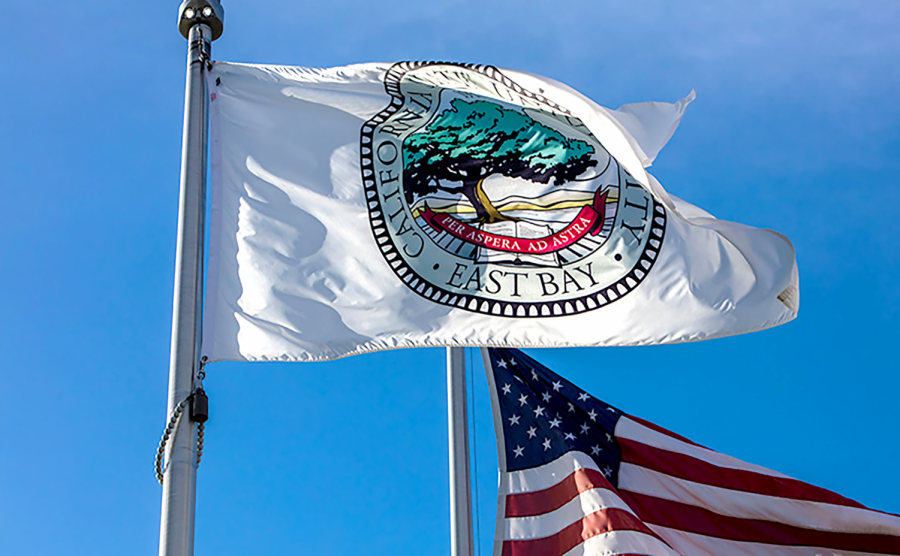The Supreme Court unanimously ruled in American Electric Power Co. v. Connecticut on June 20 against states regulating greenhouse gas emissions under common state law.
Eight states, including California, accused American Electric Power Co. of Ohio, Cinergy Co. of having the highest carbon dioxide emission rate and being a nuisance to the point of prohibiting public rights.
The decision was 8-0 in favor of the American Electric Power Co. and maintained that the federal government under the Environmental Protection Agency has the sole ability to regulate emissions under the Clean Air Act, not the courts.
Justice Sonia Sotomayor was the only justice absent in the decision, due to her involvement in the case while serving on the 2nd U.S. Circuit Court of Appeals.
The Court has shown confidence in the EPA’s ability to regulate since Massachusetts v. Environmental Protection Agency in 2006, where the agency was forced to recognize carbon dioxide and other greenhouse gases as pollutants.
This Supreme Court decision will have a great impact on the ruling in other court cases currently being considered, namely Kivalina v. Exxon Mobil Corp., Comer v. Murphy Oil, and North Carolina v. Tennessee Valley Authority.
The outcome of this debate over regulating carbon emissions will have a strong effect on the structure and performance of our economy, not to mention our society’s effect on the environment and ability to respond to health issues.
Last December, the EPA announced that it will issue carbon emissions regulations by May 2012.
The reactions to the ruling and this announcement were generally positive, though guarded, with entities ready to act if the agency’s regulations aren’t found adequate.
“We support EPA’s approach to regulating greenhouse gas emissions,” said Stanley Young, communication director of the California Air Resources Board. “Our hope is that our approach to regulating will take the place of federal efforts, that they will accept our program as equivalent to theirs.”
David Doniger, policy director of the Climate Center at the Natural Resources Defense Council, reiterates this guarded support of the federal agency.
“Today’s ruling reaffirms the Environmental Protection Agency’s duty under the nation’s 40-year-old Clean Air Act to safeguard public health and welfare from dangerous carbon pollution,” said Doniger in a recent press release. “Now the EPA must act without delay.”
The agency’s ability to act has been complicated by movements within Congress.
The EPA has lately been unsupported by some in the House of Representatives, where members such as Fred Upton (R-MI) and Ed Whitfield (R-KY) attempted to pass a bill to limit the EPA from regulating carbon because they felt the agency’s regulations would raise energy costs, drive manufacturers offshore and inhibit economic recovery.
The bill died in the Senate. However, future bills geared to limit the EPA’s power may still be pushed.
The spending caps recently proposed by Congress would furthermore “make it impossible to enact any market-based strategy to reduce the carbon pollution that drives global warming,” according to a report produced by the Center for Budget and Policy Priorities on June 16.
These caps and bills would hamper the possibility of any strong carbon regulation, if the EPA’s regulations were found to be inadequate.











